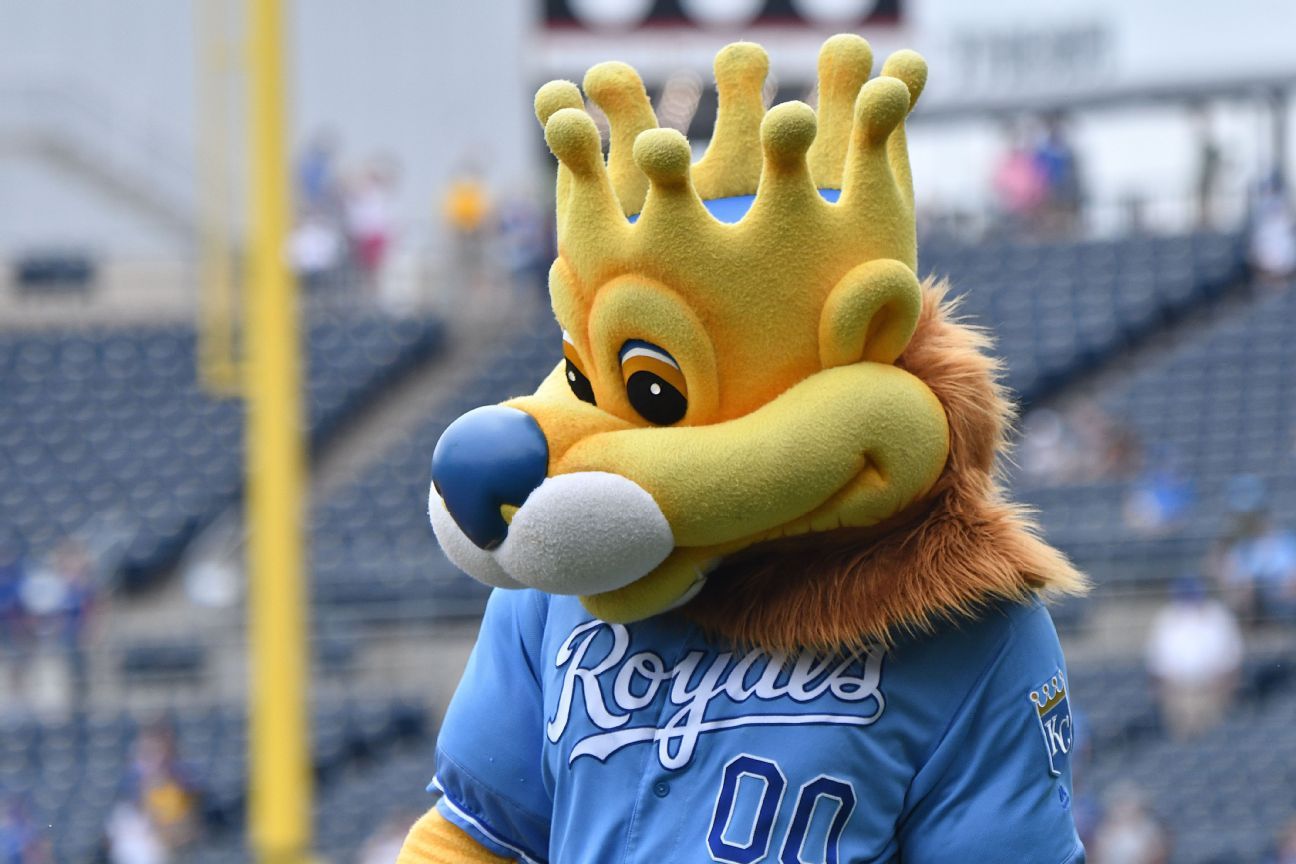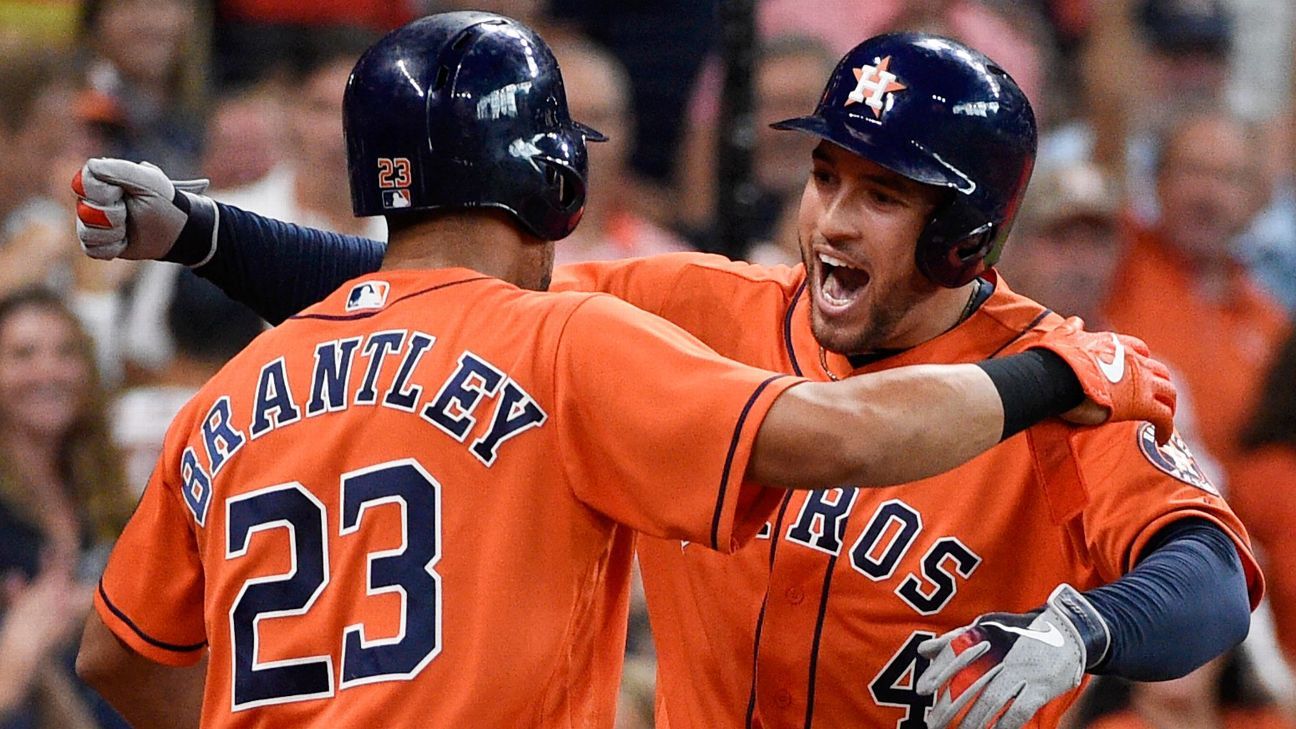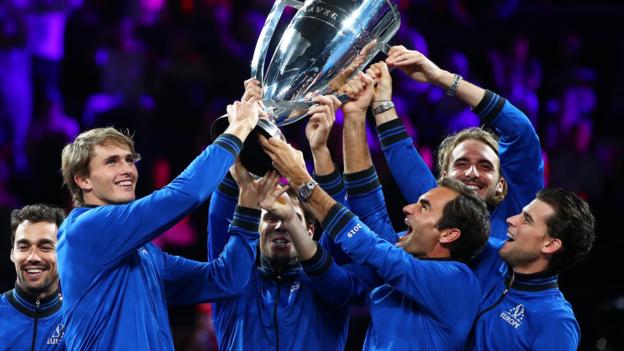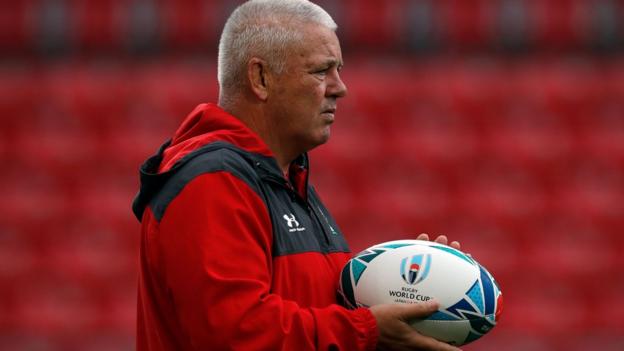Wales are the last of the home nations to start their Rugby 2019 World Cup campaign when they face Georgia in their opening Pool D game of the tournament.
It has been a troubled build-up for Wales after backs coach Rob Howley was sent home from Japan for an alleged betting breach.
Howley has been replaced by former Wales fly-half Stephen Jones who has only had two training sessions with the squad.
Warren Gatland's side will be led on the field by captain Alun Wyn Jones who will equal Gethin Jenkins' record of 129 Wales caps.
With an average age of 28 years 331 days, Gatland's selection is the oldest Wales starting 15 at the Rugby World Cup.
Flanker Aaron Wainwright and prop Wyn Jones have been selected to start while Josh Navidi lines up at number eight.
The only previous meeting between Wales and Georgia took place in November 2017, when Wales earned a closely-fought 13-6 win in Cardiff.
Georgia have never beaten a Tier 1 nation. Toulon forward Mamuka Gorgodze will play his 12th World Cup match after coming out of retirement.
Georgia are also coached by a New Zealander in Milton Haig, with two former England forwards Graham Rowntree and Joe Worsley in his backroom staff, with the pair working with Gatland for the British and Irish Lions and Wasps respectively.
Australia defeated Fiji 39-21 in the opening match in Pool D with Uruguay also in the group.
The teams
Wales: L Williams; North, Jonathan Davies, Parkes, Adams; Biggar, G Davies; Wyn Jones, Owens, Francis, Ball, Alun Wyn Jones (capt), Wainwright, Tipuric, Navidi.
Replacements: Smith, Dee, Lewis, Shingler, Moriarty, T Williams, Patchell, Halfpenny.
Georgia: Matiashvili; Modebadze, Kacharava, Mchedlidze, Kveseladze; Abzhandadze, Lobzhanidze; Nariashvili (capt), Mamukashvili, Gigashvili, Nemsadze, Mikautadze, Tkhilaishvili, M Gorgodze, B Gorgodze.
Replacements: Bregvadze, Gogichashvili, Chilachava, Sutiashvili, Saginadze, Giorgadze, Aprasidze, Khmaladze.
What they said
Wales head coach Warren Gatland: "Georgia rely a lot on that scrum in terms of forming a foundation. They have a pretty exciting young 10 as well in Tedo Abzhandadze, and when they get into your 22 they are pretty clinical in the way they go about their business.
"I know their ambitions long-term are to be potentially part of the Six Nations and the game in Georgia has gained a huge amount of popularity over a number of years in terms of their results and success. A lot of their players, particularly in the forwards, have experience playing in France.
"They have just got better and better and their world ranking position reflects that as well."
Georgia head coach Milton Haig: "Why can't we cause an upset? Obviously we need a bit of luck and to play well. These sporting occasions throughout history, no matter whether it's football, soccer, basketball or whatever, there are always upsets, that's the nature of sport.
"So when 15 men take on 15 men on the field, who knows what can happen. We just need to make sure we keep clear heads and play to our potential."
The Ground
The purpose-built, rectangular City of Toyota Stadium has steep, high stands, fans feel like they're on top of the field in the 45,000 seater venue. It will host four games with this match the opener.
The stadium was finished in 2001. It was built with a retractable roof but that has not been used since 2015 because of extra costs for maintenance. That could prove challenging if predicted thunderstorms or even a typhoon does descend on Toyota.

























 Phone: (800) 737. 6040
Phone: (800) 737. 6040 Fax: (800) 825 5558
Fax: (800) 825 5558 Website:
Website:  Email:
Email: 






